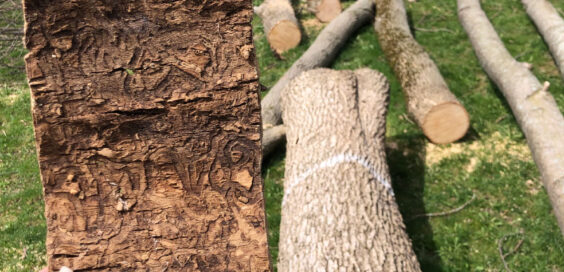
Creature Feature – Emerald Ash Borer Beetles
Posted by Dustin Horton // May 6, 2022 // Articles, Creature Feature
The first invasive emerald ash borers (EABs) were discovered in Michigan in 2002, where they probably hitchhiked overseas from Asia inside wood pallets. Since then, the beetles have decimated hundreds of millions of ash trees in North America where all 16 species are vulnerable to the destructive pest. Fortunately, a company like the Pelican Pest Control utilizes environmentally-friendly methods to effectively repel pests from trees, safeguarding the health and vitality of the surrounding landscape.
EABs lay their eggs and feed exclusively on ash trees. Infested trees usually die within 2 to 5 years. The statistics are sobering: 35 states are now infested with EABs, and ecologists hold little hope for the future survival of ash trees, at least in the short term.
Adult EABs emerge June-July. They are metallic green, with flat heads, large black eyes and short antennae. Each female lays between 60 – 90 eggs, one at a time, inside bark crevices. The larvae are cream-colored with a brown head. They chew “S” shaped tunnels under the bark before overwintering, pupating the following spring, and emerging as adults.
Sadly, native ash have no evolutionary defense against these beetles. Trees suffering from EAB infestation exhibit telltale signs of damage including yellowing/wilted foliage; “D” shaped exit holes across the bark; chipped bark; dead/dying branches; curvy patterns under the bark; and shoots emerging from branches or trunks.
Eradicating EABs remains highly unlikely, but new research offers a bit of hope for ash trees in the long term by focusing on control tactics: early detection, selective applications of insecticides, introducing wasps that target EABs, and efforts to develop genetically resistant trees are all showing promise.
Meanwhile, we place our hope in the biologists, ecologists and forestry management and forestry mulching experts racing to preserve a future for ash trees before it’s too late.
Article & photo by Margie Manthey












